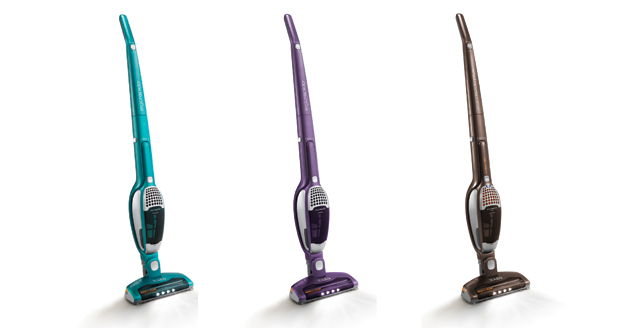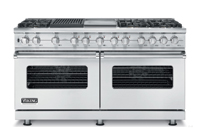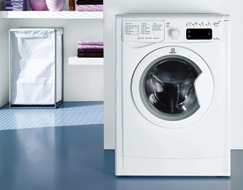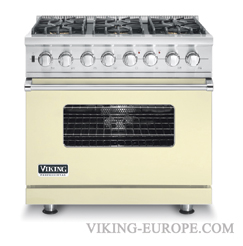Slimline suction
Vacuuming is a chore most of us would rather live without, which is precisely why AEG Electrolux has arrived at this sprightly design.

The Ergorapido vacuum – available in blue, cassis and chocolate brown
The Ergorapido is a lightweight upright vacuum that boasts two-in-one capabilities. A small handheld unit can be popped out and used to suck up dirt from the sofa, tables or even the car, before being replaced into the main unit where it acts as the main ‘engine’ for the upright.
The device is designed to act as a cost efficient solution for people not needing vast amounts of vacuuming volume and who lead busy lives, requiring instant cleaning with minimum fuss.
Its rechargeable battery means not having to worry about plugging it in, and its bag-less design makes it quick to empty.
It’s also a robust product that can survive being swung around a kitchen floor in super quick time, and for those of you with long locks, the age-old nightmare of tangled hair removal has also been solved.
AEG Electrolux has patented its solution that removes the hair from the rollers by simply using your foot to press the pedal on top of the cleaning head and all entwined hairs and fibres are removed in seconds. It’s easy, hygienic and keeps the vacuum performance high.
The design of the product began in 2007, taking in nearly 20 different concept ideas and being developed by design offices in Sweden and Hungary.
Utilising their sketching knowhow and swift ability to render with Alias, the design team promptly had the first iterations designed in Unigraphics before the serious work of prototype testing was introduced.
Use of SLA models printed straight from the CAD data meant that a tangible model could be worked with early on in the process.
Test vacuums were then sent out to be used in homes, with feedback influencing the final design and manufacture, fitting the ‘Perfekt in form und funktion’ mantra of AEG Electrolux.
www.aeg.co.uk
Clean concepts
Cleanliness is next to Godliness, according to the old idiom, so if your clothes are leaving you looking far from heavenly you might be interested in Indesit’s product range.
The design team based at Indesit’s headquarters in Italy use Autodesk Alias for surface modelling capabilities, taking sketched ideas into simple 3D models that can then be played around with before engineering is added.
These models are then moved into Autodesk Showcase for the design review phase as well as for the presentation of new products.
Having a realistic representation of what a product will look like, allows the designers infinite varieties of colour, finish, and settings without using precious time to create a physical prototypes.
This is especially important for adding in items such as the operation panel and assessing the positioning and ease of use of buttons and dials.
With 24 offices based around the globe, having the ability to accurately display a new product and the ability to share a 3D model quickly from one design office to the next means that concept development can be done in nearly half the time.
www.indesit.com
Cooking up a storm
Having the right tools for the job is key, which amply explains why we’ve never rustled up coq au vin with seasonal vegetables in our office microwave.
If, however, we were equipped with something as professional-looking as one of Viking Range’s cookers, we’d forego the readymeals.
Design of the company’s wide-ranging product line is spread across multiple locations, from its headquarters in Greenwood Mississippi all the way to California.
Each team takes advantage of the others’ work by reusing existing designs and replicating best practices companywide. This is made possible through Viking’s use of digital design tools.
The company’s design engineers use Catia for part design, drafting, sheet metal design, product assembly, line-up assembly, suite assembly and electrical design, delving into its Enovia PLM database regularly for previous models and parts.
Working with PLM software specialist Inceptra, Viking has even developed its own Cabinet Configurator that automatically generates design geometry, bills of material, manufacturing drawings and computer numerical control programs in a matter of minutes.
The configurator allows Viking to engineer an average of 50 items per day, nearly ten times the amount previously.
Dan Lyvers, vice president of engineering for Viking Range, finds that this way of working means that its design process is more fluid between people working on projects from different offices.
“Each of our engineering teams had developed its own processes and standards, which were not conducive to doing business as a single entity,” explains Lyvers. “Enovia gives everyone access to parts designed by other teams and delivers common processes.”
www.vikingrange.com
Bringing cutting edge design into the home
Default








